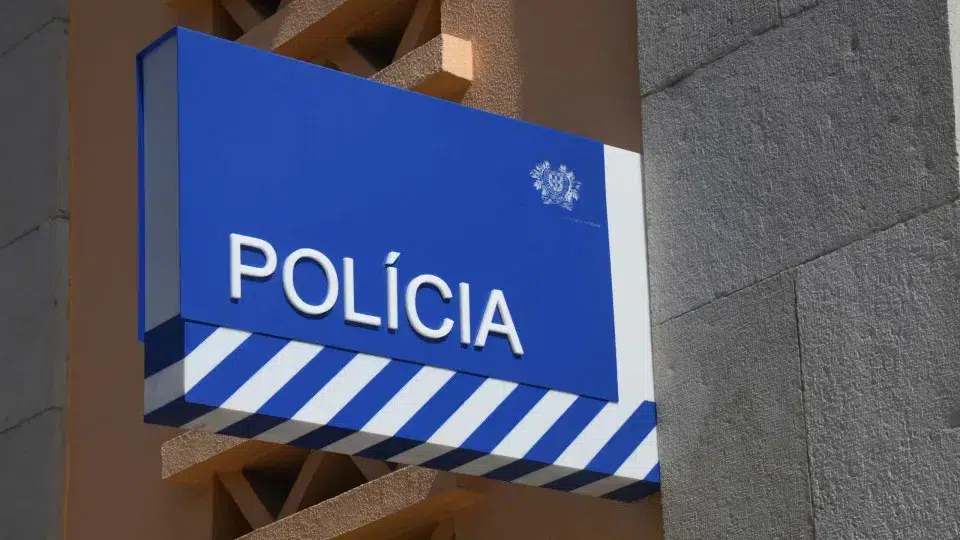
The “relevance and timeliness of the text” in light of “this growing form of fascism, which seems to have taken root and isn’t going away, quite the opposite,” served as the pretext for staging the play based on a compendium of 151 lessons for “apprentice good fascists,” written by Rui Zink, an author frequently collaborated with by the Teatro de Animação de Setúbal (TAS).
“To make people laugh,” “alert” and “perhaps make them laugh” in the face of the “rise of radical ideologies and increasing far-right demonstrations around the world” was the goal of the play, noted the artistic director of TAS.
“Laughing to avoid crying,” remarked the director, describing the inescapability that society cannot escape the “fact that the situation can be dangerous.” The danger is compounded by the unknown “extent it will take in the future,” she maintained.
“While there’s still time, let’s show that we have something to say, especially because the future seems relatively frightening if it continues on this path,” argued the dramaturgy author, with Rui Zink’s understanding and agreement.
Bringing “Manual do bom fascista” to the stage in the year TAS celebrates its 50th anniversary as a “child of freedom and democracy” adds even more “significance,” she said.
From the 151 lessons of “Manual do bom fascista,” Célia David selected more than 20. The most “adaptable” to theater, she added dialogues and “two or three asides” to them.
Even before entering the Teatro de Bolso, the audience is “presented” with a pen and a form featuring the “Fascistometer,” a “simple survey” reminiscent of the one from the original work, and is encouraged to complete it.
The play’s setting features a golden chair and three microphones from which hang whips. Yellow, black, and gray dominate the costumes of the three vaguely defined characters, contrasting with the bright yellow of the good fascist.
Versatile, the three elements function as a Greek chorus, with irony and sarcasm marking their lines. Sometimes dialoguing, sometimes making joint statements, sometimes weaving comments, the chorus serves as the “cue” for what the good fascist might say.
“You’re calling me a liar? You’re calling me a liar? No one calls me a liar, got it?!” is one of the lines from the Good Fascist, later referred to as “BeF.”
“And it’s true. No one calls the good fascist a liar,” a chorus member says, while another retorts: “Not to his face, at least, because he’s not one to just let it go.”
The fascist “no one silences,” “it’s never too much to repeat, the good fascist always tells the truth,” say all three together, to which the fascist adds: “no matter who it hurts.”
Presenters of TV shows, variety hosts, and singers are the various masks the chorus adopts throughout the play, contrasting with the “Good Fascist,” seemingly normal and harmless, always playing the victim.
With lots of music and songs in between, the play also references the left-wing fascist, similar to the issues raised in “are there good leftist fascists” in eight lessons from the original work.
Immigrants, black people, homosexuals, and refugees are always poorly regarded and mistreated by the Good Fascist, for whom women are also a target.
At a certain point in the play, some audience members are asked to provide their completed “Fascistometer” to the chorus, which will then be assessed according to the original work, “even if the answers aren’t taken too seriously.”
The play might also serve for people to discover if “they have many fascist traits”: “Much like what happened with the actors as they read the book and prepared the play, day by day, they strive to rid themselves of those traits.”
At the Teatro de Bolso, the play will have six more performances besides the premiere: Friday and Saturday and on December 5, 6, 12, and 13, all at 9:30 PM. The first three dates are already sold out.
Playing the roles are Cristina Cavalinhos as a guest actress, Andreia Trindade, Cláudia Aguizo, and André Moniz, who also assists in the direction.
With ‘off’ voices by Célia David, Duarte Victor, and Miguel Assis, choreography by Carlos Prado, scenography by Flávio Rina, costumes and props by Sara Rodrigues. Lighting design by José Santos, sound by Luís Oliveira, and technical operation by Celso Ferreira.




